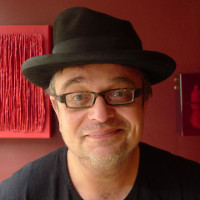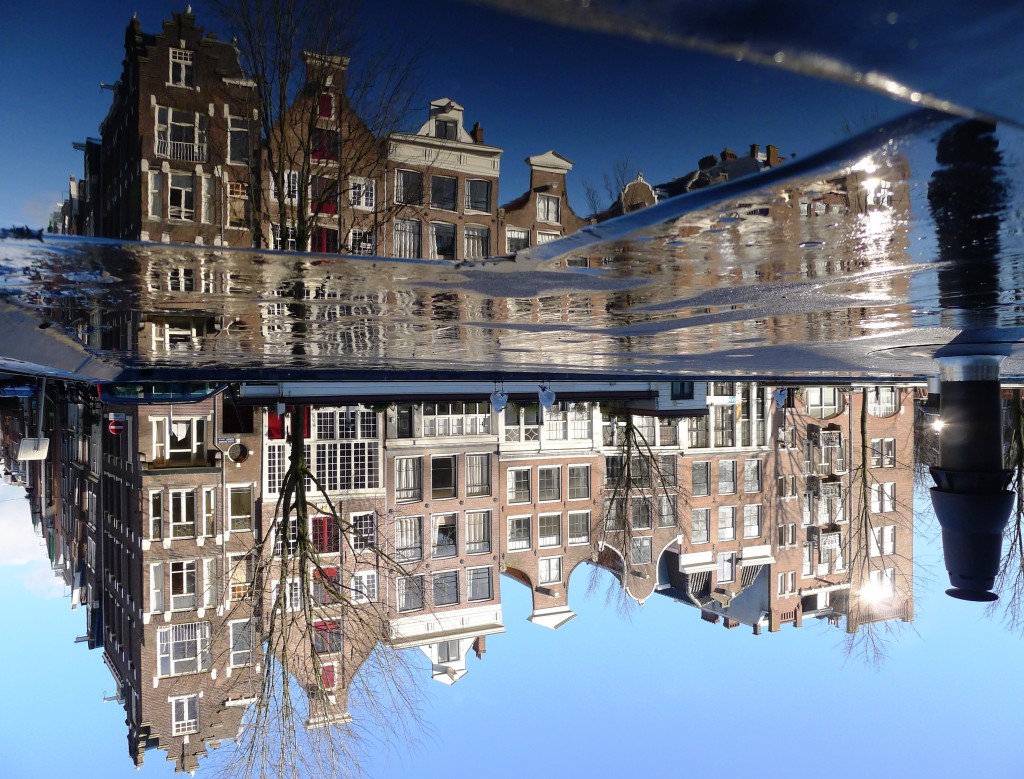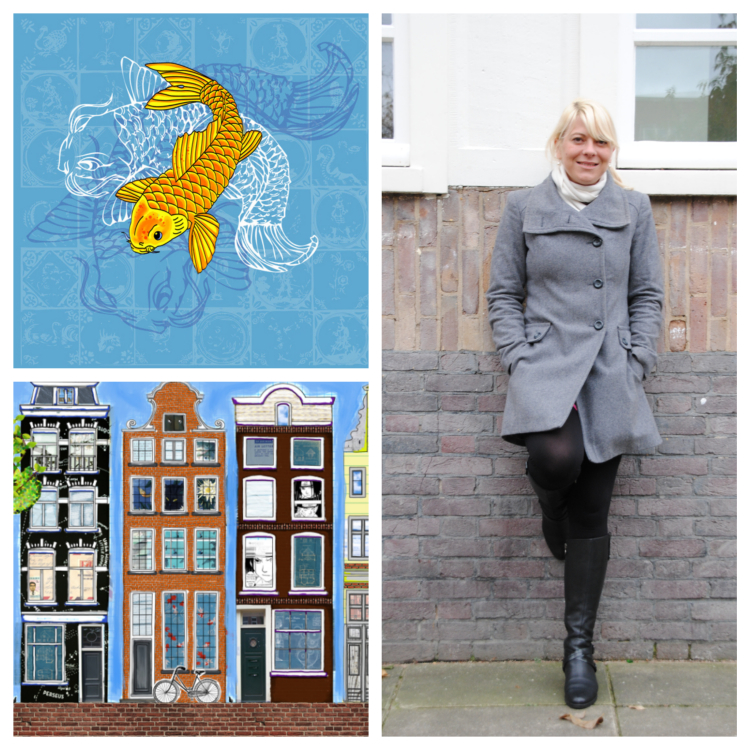Likes, egos and freedom
By David de Leeuw
 I share I lot of my photography on facebook as well as elsewhere on the internet. Aside from (if I’m lucky) ego-boosting numbers of likes, comments are made and often a dialogue with the audience ensues. A ritualistic exercise in futility, I find.
I share I lot of my photography on facebook as well as elsewhere on the internet. Aside from (if I’m lucky) ego-boosting numbers of likes, comments are made and often a dialogue with the audience ensues. A ritualistic exercise in futility, I find.
Some examples:
1. ‘Mind the rule of thirds!’
A favourite among some of my followers. The rule of thirds means that the object of your photo should be at an intersection located somewhere else than smack in the middle. That would be more pleasing to the eye. Well, I disagree, even if the principle were true in general. I like a lot of my work, especially reflections, with a horizon SMACK in the middle. I work intuitively, learn as I go and make up my own rules. Reinventing the wheel perhaps, but definitely evolving my way instead of fearfully studying all possible rules and techniques, or maybe attending a boring, ‘let’s drain those sheep of all their money’- kind of photography school, before finally venturing out. Does this make my photographs less pleasing to the eye? A growing number of buyers don’t seem to think so. And neither, of course, do I.
2. ‘Make it a square!’
I truly have no idea why people so vehemently propagate square photos. I like all sorts of formats. Broad often makes a dramatic impression, long vertical photographs can both minimise and, therefore, accentuate some tiny detail(s) at the bottom edge. And, most importantly, I DO rather than THINK. My photographs come into existence without much thought, but with just the eye, intuition and experience. That is the ‘story’ and ‘philosophy’ behind my work.
3. ‘You always photograph reflections in water!’
Yes! 🙂 I bloody well photograph what I like. That’s what’s being an artist is about. If you don’t like it, don’t try and make me do something you DO like – go look for artists who cater to your needs. I do what I want and the popularity of my work is a pleasant consequence to me, not a driving factor. I am not an art takeaway – what were you thinking?
Now, this is not to say that I am a very accomplished photographer. Remember, I just started three years ago. I can safely say, however, that a lot of comments originate from people who –when I take a look at their photos- almost never succeed in bringing magic into their work. One can sense they are stifled by convention and obsessed with technique and equipment. ‘I have just bought a so-and-so camera with a this-and-that lense!’ they clamour, and still the results remain the same – bleak and boring, boring and bleak.
My equipment has been, and will be for some time, a modest compact camera – the Panasonic Lumix DMC LX5 and LX7. Suits me just fine and it’s all I need. I can carry it around and use it everywhere. Heck, I’ve seen people make fantastic shots with their mobile phones. Equipment is second to artistry. So, all you would-be critics: surpass me by your works, not words!
Artist Page>





![Zuiderbad Original kleineri]](https://www.zart.nu/wp-content/uploads/Zuiderbad-Original-kleineri1.jpg)


























